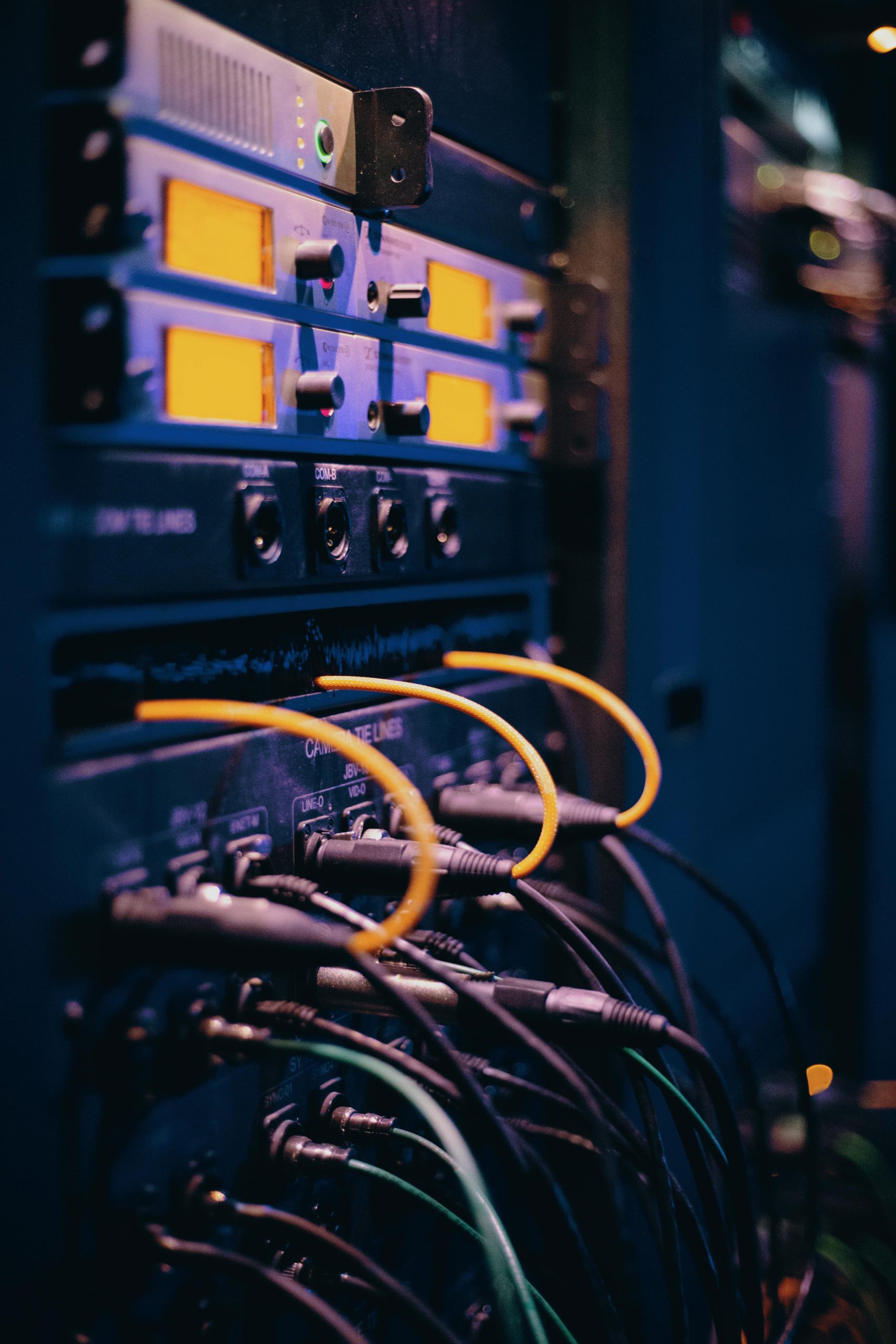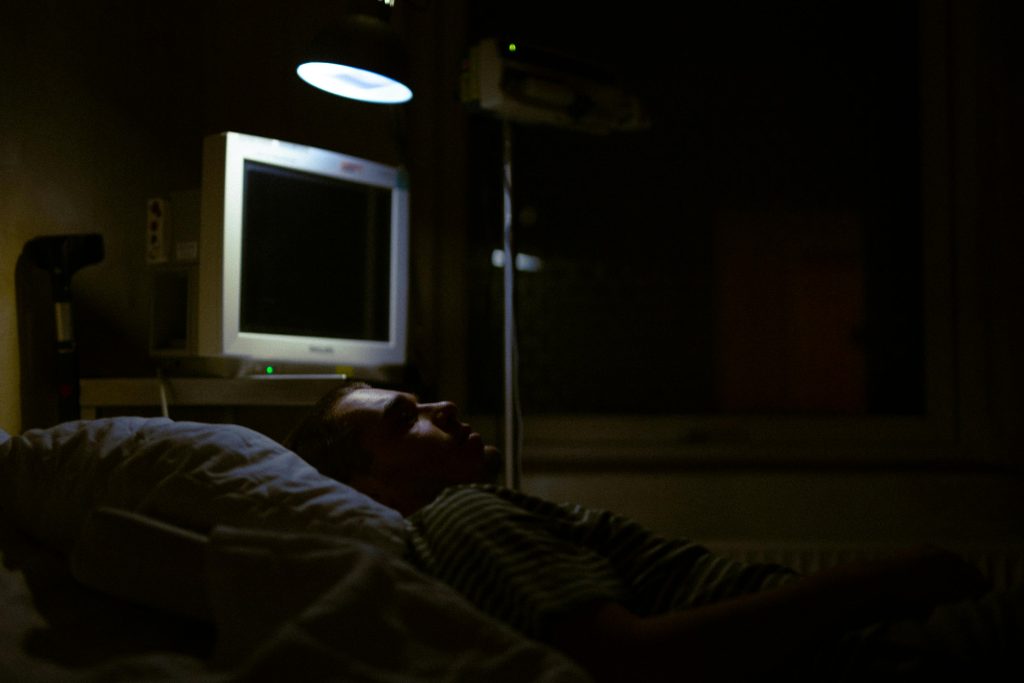The Importance of Server Maintenance: A Cautionary Tale
In the world of business technology, maintaining robust and reliable servers is critical for operational success. Recently, I encountered a stark reminder of this reality when a customer’s server failed dramatically, containing vital data that had not been securely backed up for years.
Despite our consistent warnings over the past three years about the risks of continued reliance on an aging server, the inevitable occurred: both hard drives failed after years of wear and tear. The dim lights on the server, which I initially mistook for burnt-out LEDs, indicated deeper issues—particularly concerning the hard drive error indicator.
In our attempt to salvage data from the RAID 10 array, we quickly discovered that the remaining drive was too compromised to recover the information effectively. To compound matters, the last backup had only been performed two days prior. Although we are working diligently to extract the most critical files, we suspect that the backup itself may be corrupted, adding to the challenges we face.
The server in question was running on Windows Server 2008. Consequently, we now must create a new Active Directory and manage the migration of all associated computers—an endeavor that will undoubtedly translate into significant labor costs for the client.
Reflecting on this situation, it’s worth considering whether it was prudent for the customer to push the limits of a server that surpassed its average lifespan by threefold. The result? Weeks of lost productivity and the frustration of waiting for their new server to be set up and installed.
The moral of the story is clear: investing in the upkeep and timely upgrading of your company’s primary server is paramount. Neglecting this responsibility can lead to costly consequences and operational delays.
As an added sidebar, I must mention the state of the server—it was, quite frankly, the dirtiest I have ever encountered. One has to wonder if someone might have been smoking in the server room!
In summary, prioritize your server maintenance and never underestimate the importance of a reliable system in your business operations. The cost of neglect can prove to be far greater than any savings from cutting corners.
Share this content:




I’m sorry to hear about the data loss and server failure you’ve experienced. Based on the situation described, here are some recommendations that might help prevent similar issues in the future: